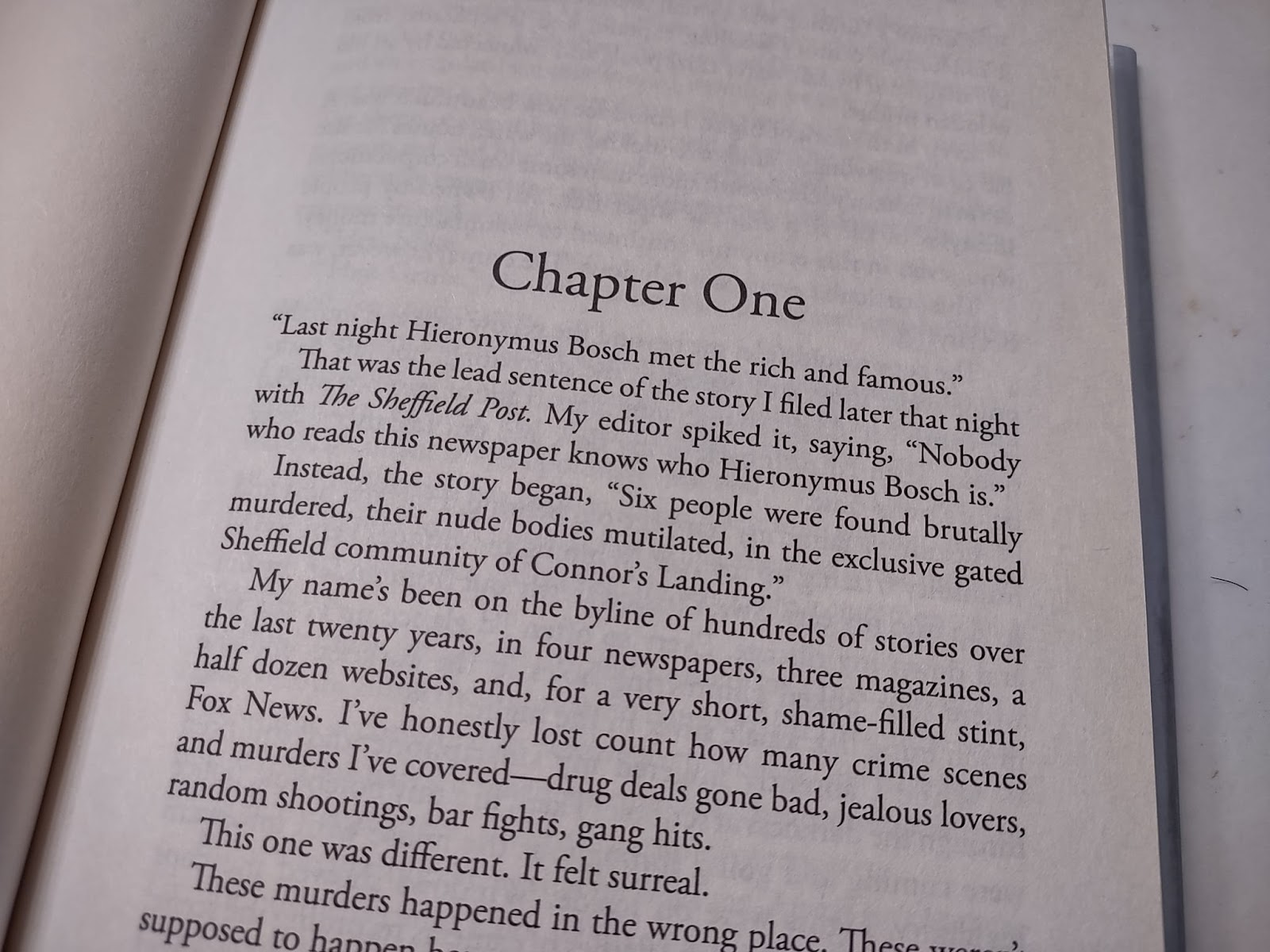After having spent a couple of hours trying to get my laptop, that seemed to be frozen, to unlock, I decided to Google the problem before calling my tech guy about dropping it off. Sure enough, all I had to do was type my problem in the search box. Immediately, the exact wording of my search popped up on multiple sites. My battery could be reached by finding the little symbol on the back, inserting the tip of a small paper clip in the hole, and pressing. Another website provided step-by-step instructions for turning the laptop off and getting to the advance options for troubleshooting. But before I ventured into those murky waters, I saw a third website that advised the technically-challenged to look for the simplest issue first. The simplest issue was that I had managed to touch the wrong key. All I needed to do was press "Alt" then tap the "F7" key. Problem solved.
However, I'm now well into my day and I haven't got a lot done. I still need to get to the supermarket and do a couple of errands before it gets later. I don't have time to write about what I had intended. But last week, I did come across a post I wrote back in 2013. I have no idea where I used it, or if I did. After as a quick read, I realized that -- although I am no longer with the same publisher -- my process is still much the same.
After the First Draft
Depending on your approach to the first draft – whether you are a “plotter” or a “pantser” – your first draft will be either an organized progression of events or a sprawling, intuitive plunge into telling your story. Or, maybe you’re a “hybrid,” who begins with an outline and allows your story to evolve organically. Whatever your approach to writing the first draft, you have finished. Now, what?
You’ve probably seen the advice that you should put your first draft away and return to it with fresh eyes. This assumes that you are not pushing against an unyielding deadline for submission. If this is a first book and you have no obligations to a publisher, you have the luxury of time. If you are writing with a clock ticking, the length of time that you can put your first draft aside is limited.
I like to hand my first draft off to my “first readers” – a small group of friends who I can depend on to come at the draft in the ways that reflect their backgrounds and reading personalities. Two are lawyers, who are organized and detail-oriented. The “genre expert” reads widely within the genre of crime fiction and understands the conventions and innovations. The “character expert” has a feeling for characters as “people” (i.e., who they are and how they would behave). I give the first draft to these readers and then try to step away from the writing for at least a couple of weeks.
I say that I “try” because I want to plunge right back in and start revising. I want to “fix” the things that I already know need fixing. I have finally settled on allowing myself to read the manuscript and make a list of problems, but not make changes. I’ve discovered that using this time for research is also productive. I do research before I begin writing and during the first draft, but it is the nature of crime fiction that things will come up that need to be verified or that you need to learn more about. Time away from the first draft allows you to get away from your computer and make field trips to the library or to consult with your expert or back to the location that you are using as your setting.
But eventually – to the relief of those of us who love revising – the time comes to return to your first draft. A systematic approach to revising reduces stress and ensures you will deal with first-draft problems. The process I favor – learned from the copyeditor I’ve worked with for years on my first mystery series – involves three cycles of editing. We begin with the problems that are obvious (e.g., continuity issues). During the next two cycles, we zoom in. By the third cycle, we are debating issues such as word choice and checking details such as the color of the eyes of a certain breed of cat. I’ve adapted this three-cycle process to my own self-editing during the revising process and am applying it prior to submission with my new series. During this revision process, I also consider and often incorporate the feedback I’ve received from my first readers. I am now – because I have less time between draft and submission deadline with my new series – moving to a checklist for my first readers. That will help us all be more systematic and help me to be a better writer.














